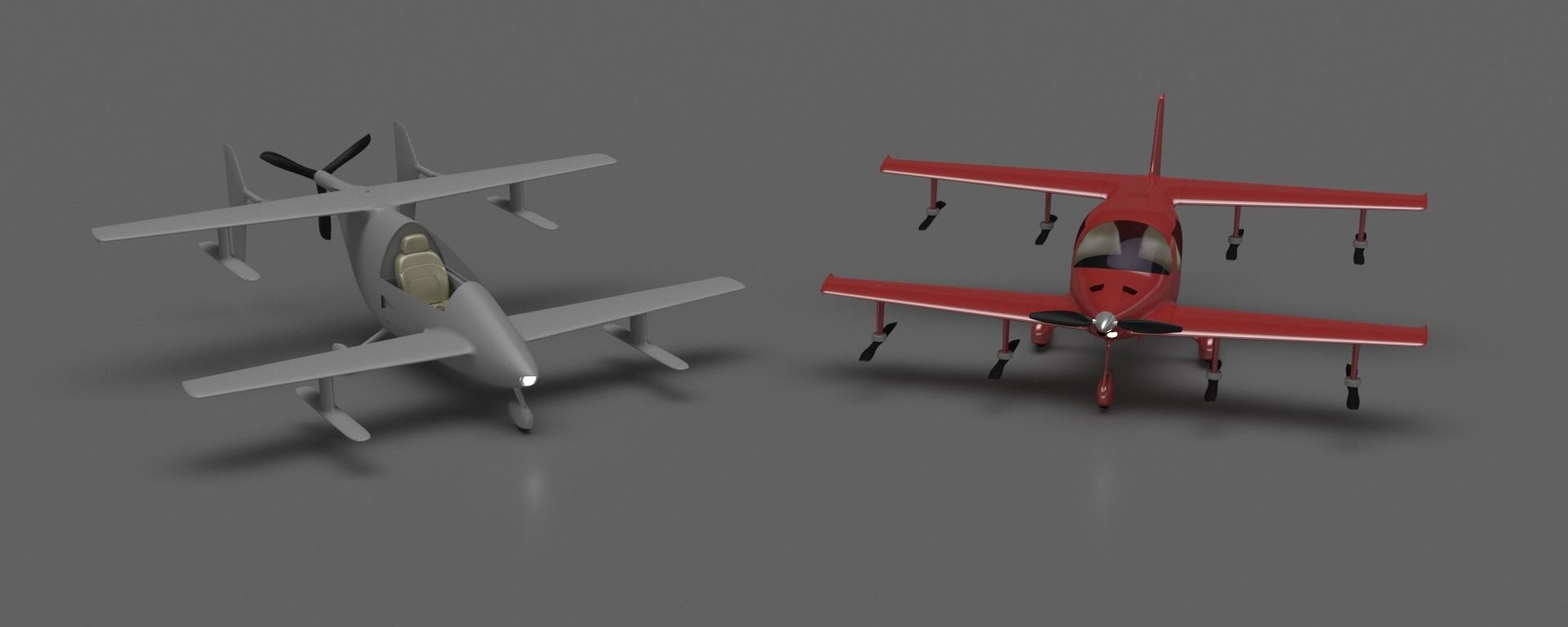
In our work on the Flyter project, we are inspired by the expanses of our country. One of the most important strategic tasks that needs to be addressed in Russia is the coherence of its territory.
To build infrastructure in the Russian North, in Siberia and in the Far East - a network of highways, railways, or at least a network of regional airfields is very expensive and long. Due to the sparsely populated areas, such a network is unlikely to be profitable. Transporting people and goods by helicopter is also very expensive. And just to fill the helicopter to be sent to a small settlement, you have to collect cargo and passengers for 1-2 months. Therefore, regular transportation 2-3 times a week for many localities is fantastic.
The Flyter does not require runways and is suitable for use from helipads. The cost of transporting 1 kg of cargo is about 2 times cheaper than that of a helicopter. A small amount of cargo (only 110 kg for PAC VTOL 420-120 and 200 kg for PAC VTOL 720-120) in conditions of a small traffic flow is not a disadvantage, but rather an advantage. The practical range of 900 km and the use of automotive fuel make it possible to expand the geography of flights and simplify operation.
When we work out the design so that we can provide trouble-free performance higher than that of modern aviation, in addition to the cargo module, we will release a manned and autonomous air-taxi module capable of carrying people. The piloted module will have a high degree of automation, so the management will be much easier than an airplane or a helicopter. And the aerotaxi module will allow people to navigate working routes even easier and more convenient than it is now using helicopters.